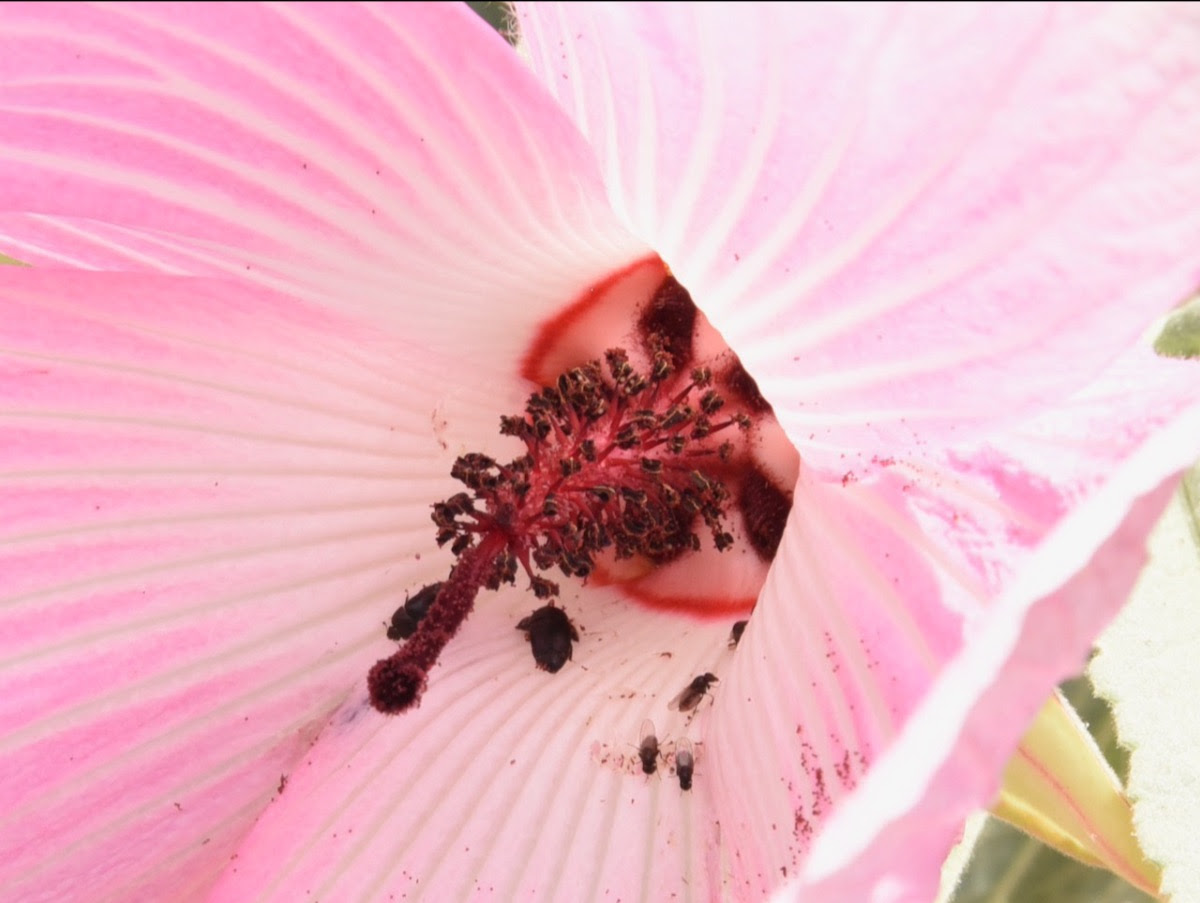 |
| Coreopsis |
 |
| Penta |
 |
| Crepe Myrtle (Tuscan Red) |
 |
| Bismarck Palm with Furcrea in foreground |
 |
| Edible (tastes like Lemon Sorrel) Cranberry Hibiscus |
 |
| Flowers on Star Fruit |
 |
| Macadamia |
 |
| Wax Jambu |
 |
| Golden Grumichama |
 |
| Black Grumichama |
 |
| Tamarillo |
 |
| Tamarillo |
 |
| Brazil Cherry |
or Pitanga or Surinam Cherry
 |
| Salvia |
 |
| Black self-seeded Passionfruit |
 |
| Immature Kwai Muk fruit |
 |
| White Penta |
 |
| Galangal |
 |
| Strongly Perfumed Brunsfeldia |
 |
| Local Dwarf White Peach |
 |
| Local Dwarf White Peach is picked when it looks green but starts to soften. |





























